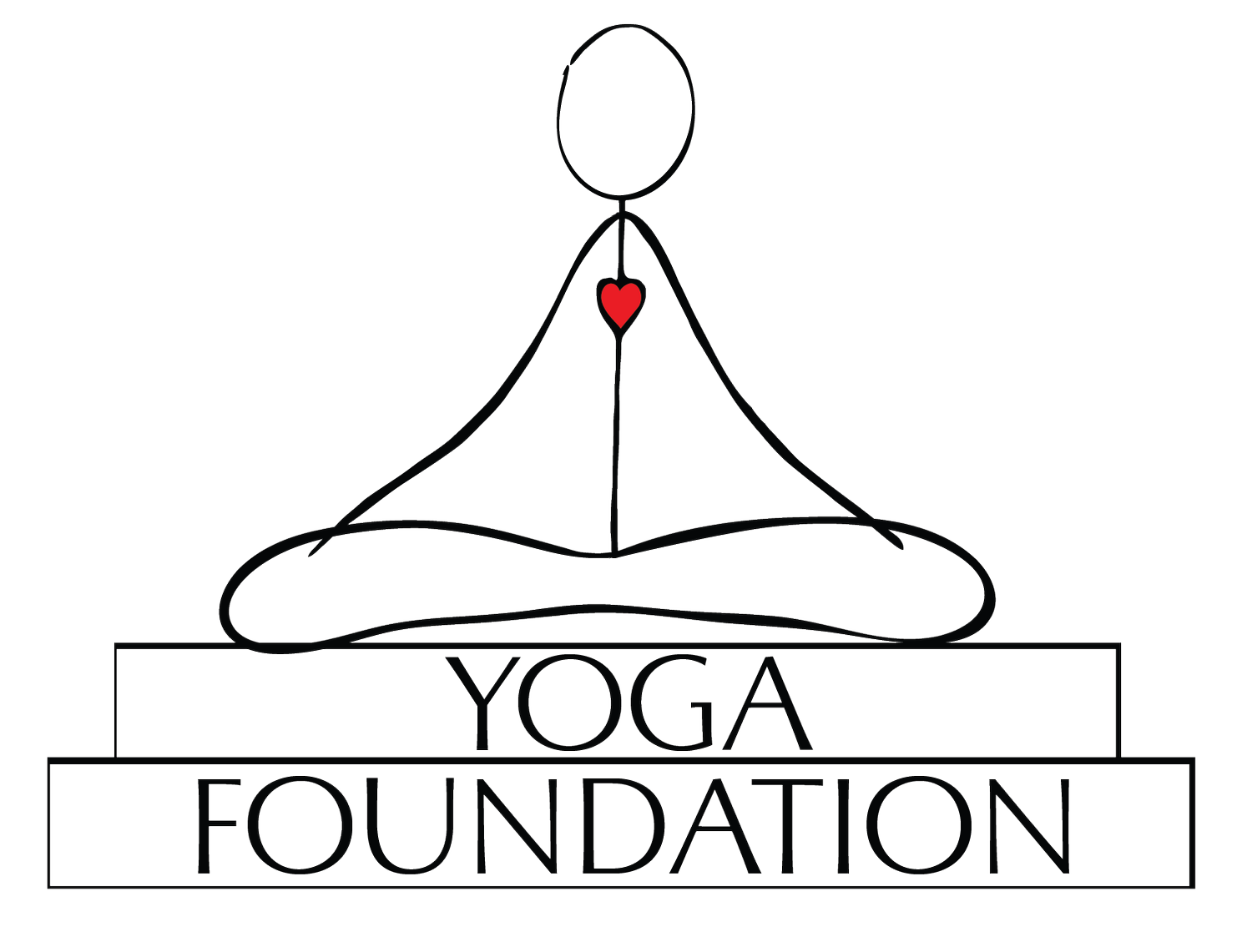Type A take down
In a world of Type A-s, be Type You, the real you
I have done unofficial, adult, lifelong research on Type A-ness. I would call myself a Type A, in recovery. The more research I do, though, the more I suspect Type A-ing is a combo of constitution coupled with trauma response with a healthy dose of formative identity building gone wild. We hold space for you to recover your underlying self, if this lands as true.
How do I know I wasn’t born very Type A? My Mom and Grandma always told me that they would never know when I awakened in the morning or from my baby naps. I would simply lie wherever I was napping and quietly amuse myself until someone showed up to love me. But then, life happened. The first time I remember Type A-ing I was about 10, and I do suspect it was a combination of factors.
Let’s unwrap the source of this more impatient, ambitious, goal-oriented approach comes from. Certain constitutions are prone to a more active, mobile, chaotic, focused, rapid-fire, go getter approach. This is rather irreversible. If you plant a banana tree, it will not yield apples. It’s simple like that. And, that said, when balanced, none of these qualities is inherently detrimental when we are in balance, as we catch ourselves from getting carried away. Over time, they are exhausting and keep us in perpetual stress response. That is detrimental to our health and relationships. Awareness of our samskara-s is the antidote.
Add on the positive reinforcement effect of childhood. If this then that. If you do what I tell you to do, get a good grade, clean your room, I will love you, take to to the toy store, give you M and Ms, buy you new Nikes, take you for ice cream. We seek similar reinforcements in life, but we’re not children, and our achievements, noble as they may be, often go unrecognized. Yet we still seek some form of recognition in the name of unconsciously reliving the feeling of being acknowledged, rewarded. And we keep trying. Sometimes we may get them, as we Type A strive, but often not, creating an endless continuum of ups and downs.
Add on the emotional states of our Mothers, particularly, and our Fathers and primary caregivers. We absorb them.
Then, there are the bids for attention that change form. Our parents were busy people. All children deserve healthy attachment. To varying degrees, we may or may not have received that, and felt abandoned or ignored, rampant today with parental phone use. We seek the validation we needed but failed to get from our own parents, thinking we have to do more, be more, gathering clues for who might provide the attention. Much of the providing will be temporary, motives may be ulterior, and we certainly can’t count on them for our inspiration, as much of a dopamine hit they may be. Attending to ourselves, soothing and loving the younger versions who just want to be unconditionally and wholeheartedly loved, is the work.
The story is longer, but beyond some reflection on how this applies to you directly, what can you do right now to turn the tide to a peace proliferating one? Meditation. Develop and fortify a realistic, relevant, personal meditation practice that uncovers a calmer, inner self. That self can see when we are functioning beyond our limits, outside our authenticity and on pathways to unwellness. That self can readjust. That self can remember its ancient divineness, buried underneath the rubble of a life well lived. The healing self.
Take our May Meditation course to develop the skills to nurture your inner spirit, or check in to cultivate your own daily, home practice to guide you to wholeness.
